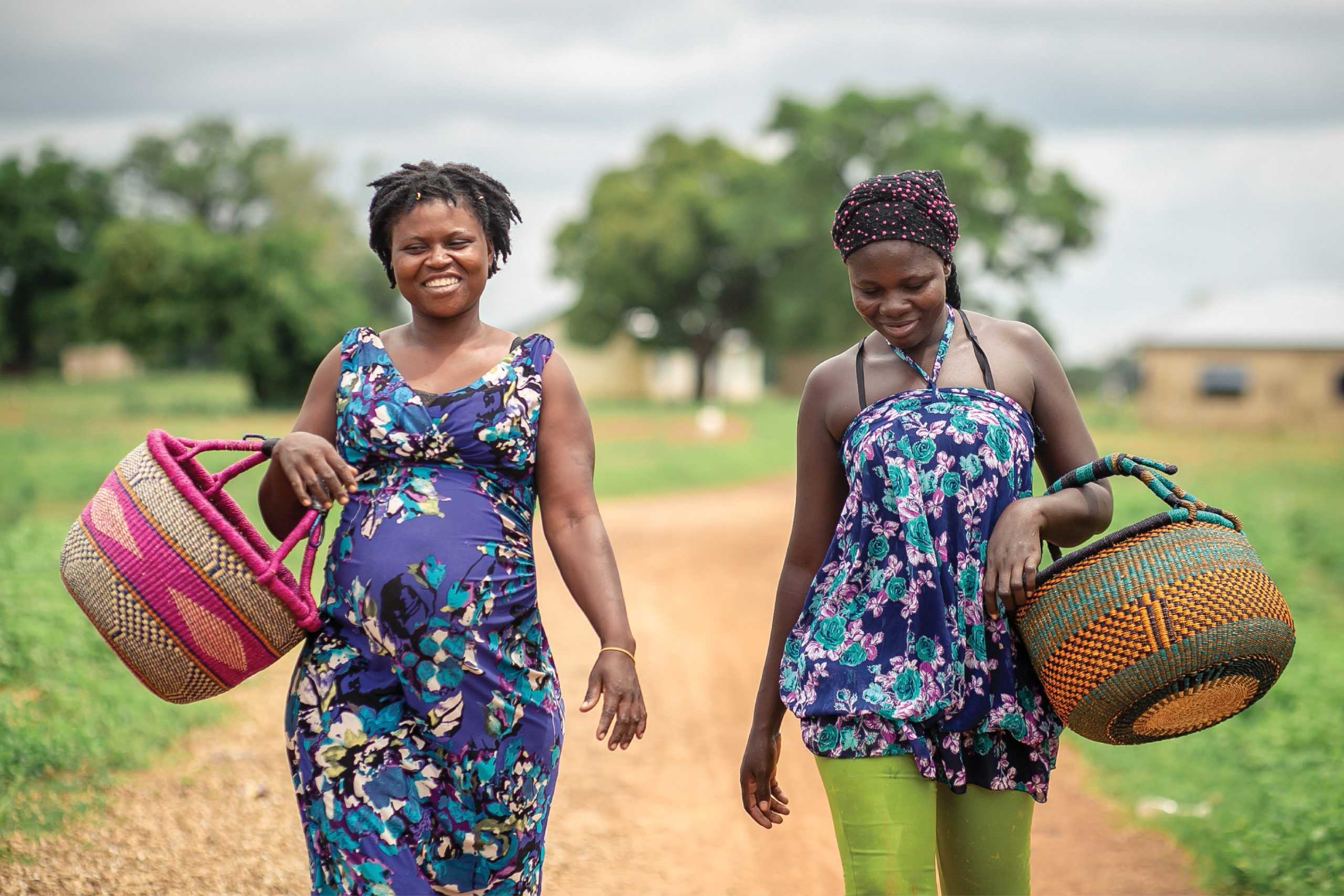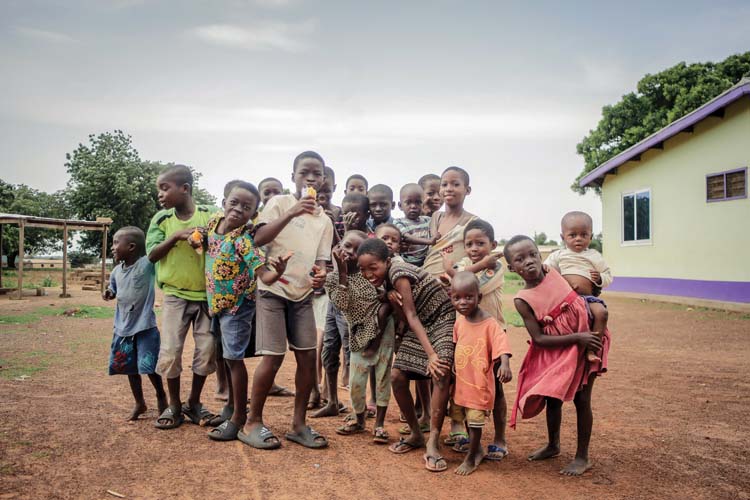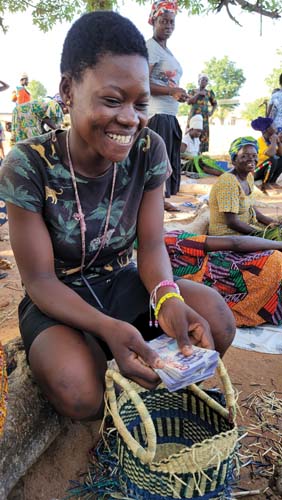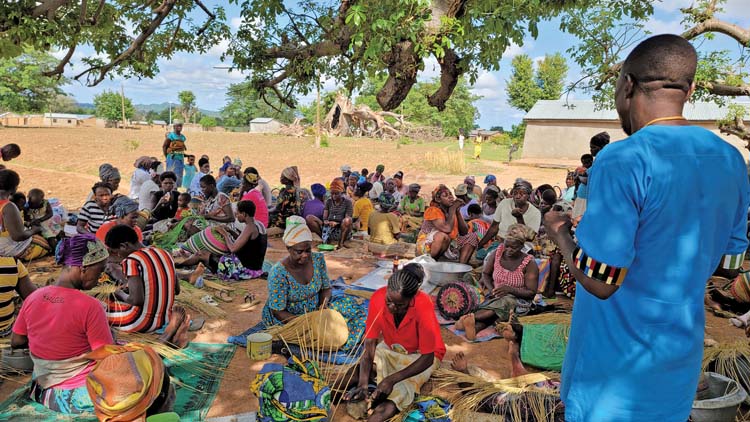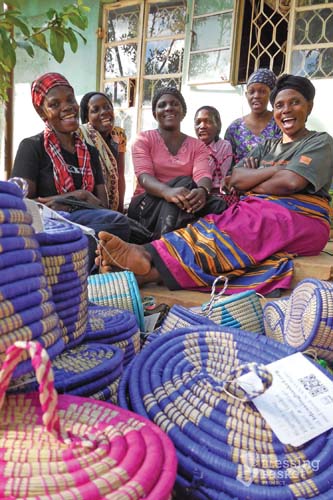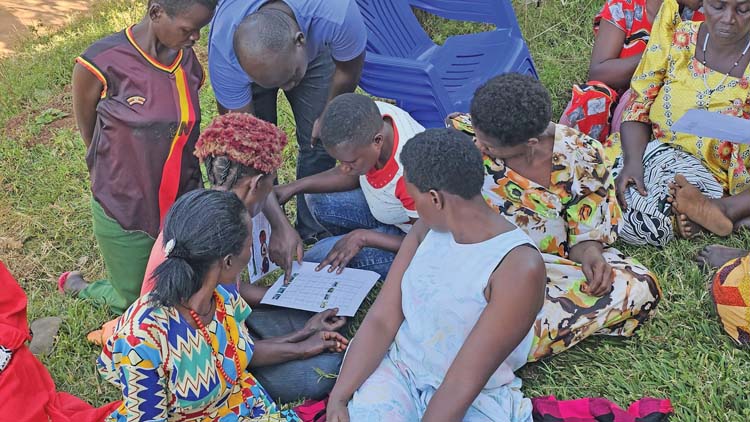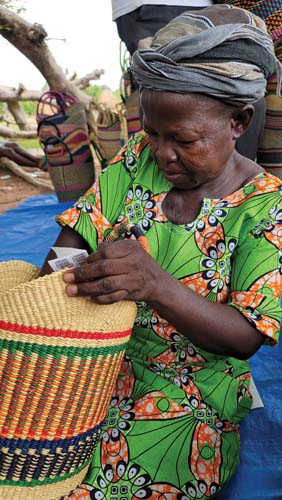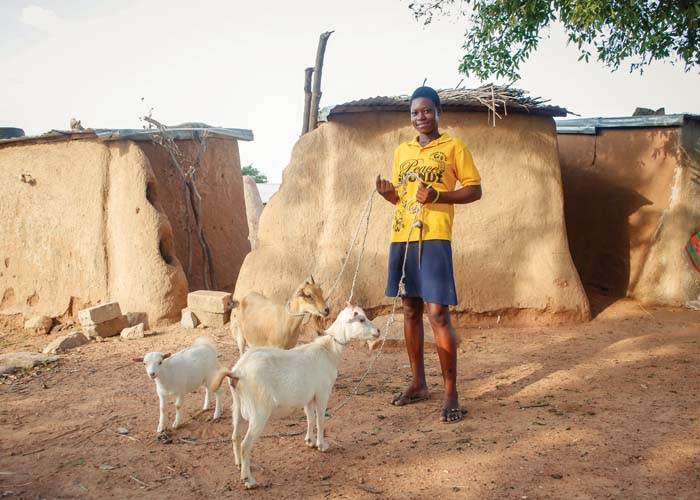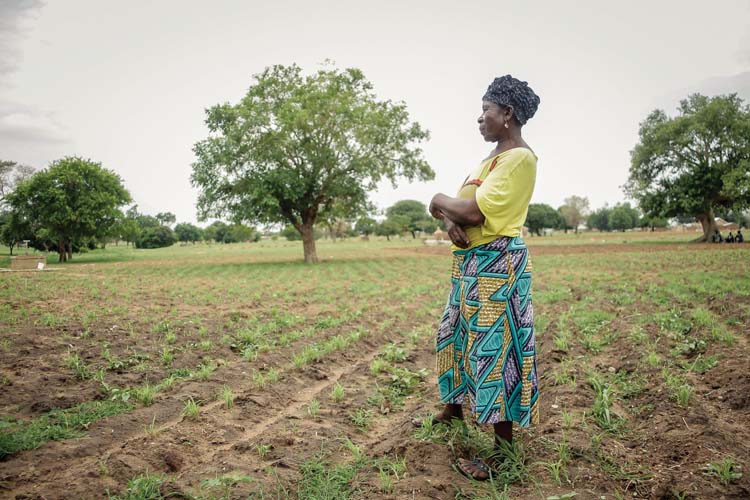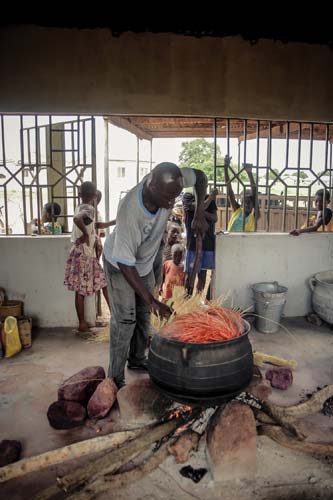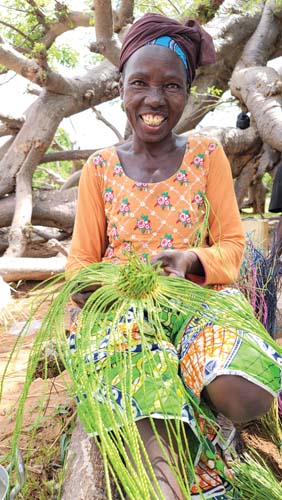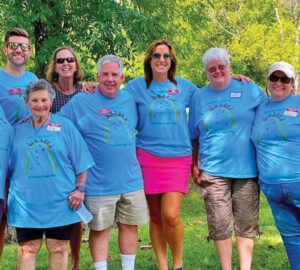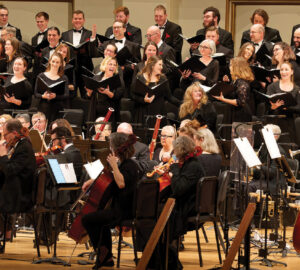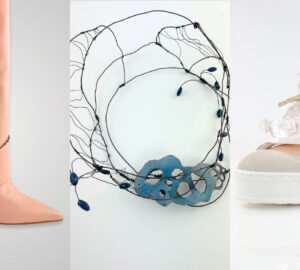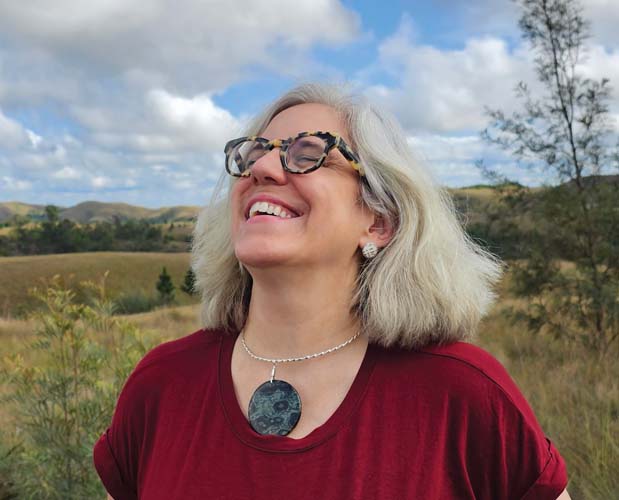 Theresa Carrington has a formula for success—not for herself, but for people around the world. She’s the founder of Ten by Three. The nonprofit works with artisans in seven developing countries to help them overcome poverty and create generational wealth. The artisans create baskets, which Ten by Three purchases for Prosperity Wages—a formula that offers at least two and half times typical fair trade wages. In turn, the artisans are expected to open their own businesses. While Ten by Three has received international recognition for its innovative approach, Carrington also is dedicated to uplifting St. Louis.
Theresa Carrington has a formula for success—not for herself, but for people around the world. She’s the founder of Ten by Three. The nonprofit works with artisans in seven developing countries to help them overcome poverty and create generational wealth. The artisans create baskets, which Ten by Three purchases for Prosperity Wages—a formula that offers at least two and half times typical fair trade wages. In turn, the artisans are expected to open their own businesses. While Ten by Three has received international recognition for its innovative approach, Carrington also is dedicated to uplifting St. Louis.
Where did you get the idea for Ten by Three?
My whole life people have been investing in me. My mother was incarcerated when I was born, so I bounced between foster homes until I was adopted. I’ve always wanted to pay forward the unconditional support I received. I went through a crisis in 1999 when my husband walked out on my children and me. People started sending cards and letters. I collected them in a basket. It was something I could visit on bad days and reflect on that love and support. I liked the idea of The Blessing Basket and wanted to use it to help people who lived below the poverty line. My original plan was to start in Appalachia. I connected with a professor who had done a study in the region, and he flat out told me it wouldn’t work. When I asked why, he said I needed to take the idea where weaving is indigenous and poverty is the greatest.
Why did you change the name from The Blessing Basket?
As we started to become more known and successful, we outgrew The Blessing Basket. It didn’t tell people that we were pioneering a program to end extreme poverty. We needed a new name. We were almost True Grit and many other options—none of which were a good fit. Since day one, I’ve believed that there is a formula to ending poverty. I looked toward our artisans for inspiration and began to see that formula emerge. Our most successful artisans are those that are able to start three small businesses of their own. For them to start those businesses, we need to purchase 10 baskets from them a month. Therefore, Ten by Three
How is the Ten by Three model different?
We don’t know of any other organization that requires participants to start a single business, let alone three. In the early days, we were heavily criticized for this requirement. How dare we expect people in extreme poverty to do this? Well, how dare you think they can’t? We don’t offer a handout. We offer our artisans a business partnership built on respect for their intelligence and entrepreneurial spirit.
What kind of businesses do artisans create?
They are mostly agriculture-related, but we’ve had breweries, restaurants and brickmakers. Each venture usually produces multiple strings of income. For example, an artisan may have woven enough baskets to be able to buy some chickens. Now, they can sell eggs, meat, chicks or even feathers. They can rent their rooster to their neighbors for breeding. The droppings can be used for fertilizer. The chickens represent one small business, but there are multiple income sources. Once our artisans have several ventures up and running, they start having less time to weave baskets for us. That’s what we want to see. Many handicraft organizations want artisans to continue creating items. Our goal is to have them create a sustainable income outside of Ten by Three.
How are you involved in the St. Louis community?
Our world headquarters are based in Paraquad’s building. Our rent money is going to help a great local nonprofit and its work in the community. To further support local nonprofits, we donate baskets that cannot be sold. This year, we also will provide community service opportunities for more than 200 people impacted by the criminal justice system in St. Louis. We don’t work with violent offenders or sex offenders, but we want to offer everyone else compassion and understanding. Working with Easterseals, we offer job preparedness training opportunities to adults with developmental delays and mobility issues. Ten by Three is rooted in the St. Louis community, and we want to use our international stage to ensure a positive light is shone on the city.
How can people support Ten by Three?
We can have a great model for ending poverty, but it all breaks down if we don’t sell anything. Buying a Ten by Three product makes a difference. You can purchase them through our website or at Whole Foods, Lowe’s and other retailers. As a nonprofit, we’re unique because we raise 90% of our revenue ourselves, but the other 10% comes from donations. We also have two upcoming events this fall. Our gala is Oct. 21, and we have a pay-what-you-feel warehouse sale in November. We invite everyone to come out and do their holiday shopping with us.
For more information, visit tenbythree.org.





